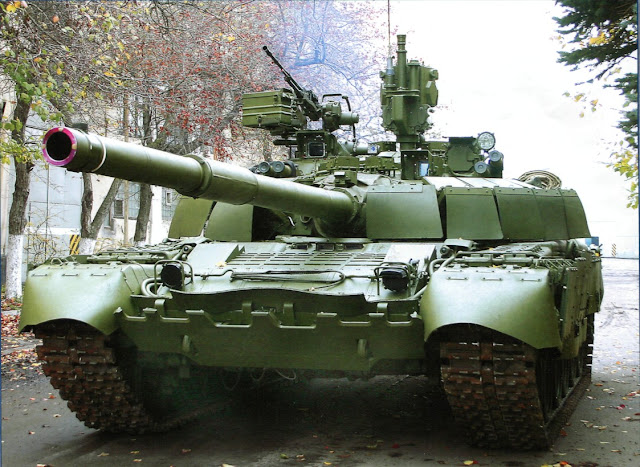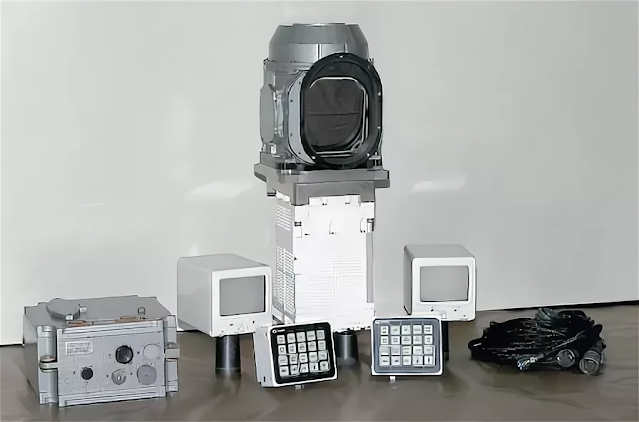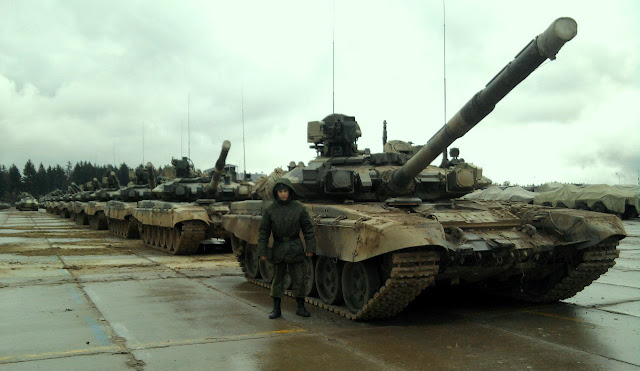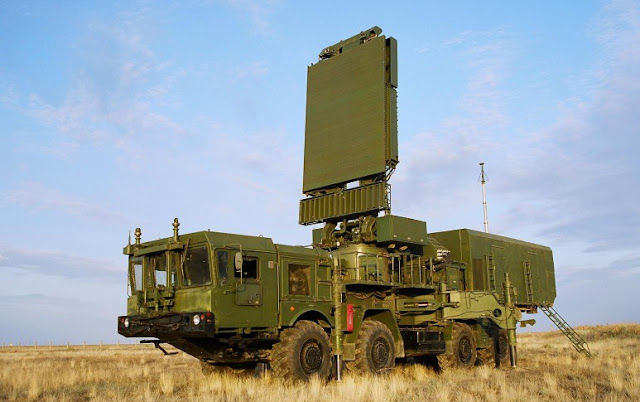SPG "Лотос" - "Lotos" Testing

Image is taken from Rostec video presentation. The Central Scientific Research Institute of Precision Engineering (TsNIITOCHMASH) of the Rostec State Corporation has completed acceptance tests of the 120-mm self-propelled artillery piece "Lotos", Index 2S42. - The combat vehicle has accomplished the specified tactical and technical characteristics, "Rostec" . The testing phase, including 57 testing points, made it possible to evaluate the performance of all internal components, mechanisms and instruments of the weapon system. During the tests "Lotus" covered 400 km and fired 14 shots. The military representation at TsNIITOCHMASH signed an official document on the compliance of the prototype of the SPG with working design documentation and readiness for preliminary tests. SPG "Lotos" has a mass of no more than 18 tons, maximum speed - 70 km / h, engine power - 450 hp, cruising range - not less than 500 km. The combat crew consists of four p











